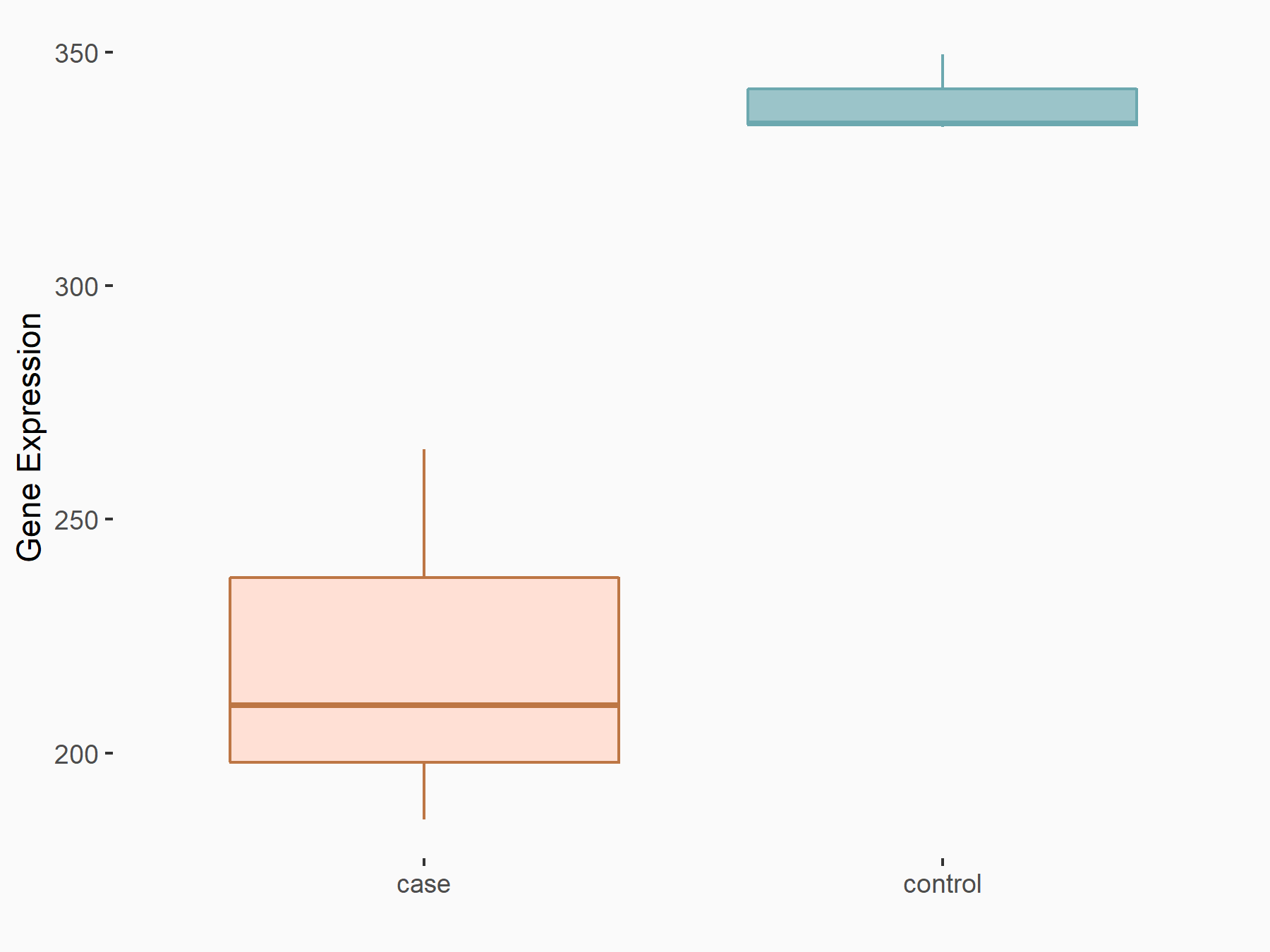m6A Target Gene Information
General Information of the m6A Target Gene (ID: M6ATAR00504)
Full List of m6A Methylation Regulator of This Target Gene and Corresponding Disease/Drug Response(s)
EPHB3
can be regulated by the following regulator(s), and cause disease/drug response(s). You can browse detail information of regulator(s) or disease/drug response(s).
Browse Regulator
Browse Disease
Browse Drug
YTH domain-containing family protein 2 (YTHDF2) [READER]
| Representative RNA-seq result indicating the expression of this target gene regulated by YTHDF2 | ||
| Cell Line | Mouse-cerebellum granule cell | Mus musculus |
|
Treatment: YTHDF2 knockdown mouse-cerebellum granule cell
Control: Wild type mouse-cerebellum granule cell
|
GSE153688 | |
| Regulation |
  |
logFC: -6.25E-01 p-value: 1.90E-03 |
| More Results | Click to View More RNA-seq Results | |
| Representative RIP-seq result supporting the interaction between EPHB3 and the regulator | ||
| Cell Line | Hela | Homo sapiens |
| Regulation | logFC: 1.21E+00 | GSE49339 |
| In total 1 item(s) under this regulator | ||||
| Experiment 1 Reporting the m6A Methylation Regulator of This Target Gene | [1] | |||
| Response Summary | YTHDF2 enhanced TMZ resistance in GBM by activation of the PI3K/Akt and NF-Kappa-B signalling pathways via inhibition of Ephrin type-B receptor 3 (EPHB3) and TNFAIP3. | |||
| Target Regulation | Down regulation | |||
| Responsed Disease | Glioblastoma | ICD-11: 2A00.00 | ||
| Responsed Drug | Temozolomide | Approved | ||
| Pathway Response | PI3K-Akt signaling pathway | hsa04151 | ||
| Cell Process | RNA stability | |||
| In-vitro Model | T98G | Glioblastoma | Homo sapiens | CVCL_0556 |
| LN-229 | Glioblastoma | Homo sapiens | CVCL_0393 | |
| In-vivo Model | 5 × 106 infected T98G cells (LV-NC or LV-YTHDF2) were injected into the flanks of mice through subcutaneous. | |||
Brain cancer [ICD-11: 2A00]
| In total 1 item(s) under this disease | ||||
| Experiment 1 Reporting the m6A-centered Disease Response | [1] | |||
| Response Summary | YTHDF2 enhanced TMZ resistance in GBM by activation of the PI3K/Akt and NF-Kappa-B signalling pathways via inhibition of Ephrin type-B receptor 3 (EPHB3) and TNFAIP3. | |||
| Responsed Disease | Glioblastoma [ICD-11: 2A00.00] | |||
| Target Regulator | YTH domain-containing family protein 2 (YTHDF2) | READER | ||
| Target Regulation | Down regulation | |||
| Responsed Drug | Temozolomide | Approved | ||
| Pathway Response | PI3K-Akt signaling pathway | hsa04151 | ||
| Cell Process | RNA stability | |||
| In-vitro Model | T98G | Glioblastoma | Homo sapiens | CVCL_0556 |
| LN-229 | Glioblastoma | Homo sapiens | CVCL_0393 | |
| In-vivo Model | 5 × 106 infected T98G cells (LV-NC or LV-YTHDF2) were injected into the flanks of mice through subcutaneous. | |||
Temozolomide
[Approved]
| In total 1 item(s) under this drug | ||||
| Experiment 1 Reporting the m6A-centered Drug Response | [1] | |||
| Response Summary | YTHDF2 enhanced TMZ resistance in GBM by activation of the PI3K/Akt and NF-Kappa-B signalling pathways via inhibition of Ephrin type-B receptor 3 (EPHB3) and TNFAIP3. | |||
| Target Regulator | YTH domain-containing family protein 2 (YTHDF2) | READER | ||
| Target Regulation | Down regulation | |||
| Responsed Disease | Glioblastoma | ICD-11: 2A00.00 | ||
| Pathway Response | PI3K-Akt signaling pathway | hsa04151 | ||
| Cell Process | RNA stability | |||
| In-vitro Model | T98G | Glioblastoma | Homo sapiens | CVCL_0556 |
| LN-229 | Glioblastoma | Homo sapiens | CVCL_0393 | |
| In-vivo Model | 5 × 106 infected T98G cells (LV-NC or LV-YTHDF2) were injected into the flanks of mice through subcutaneous. | |||